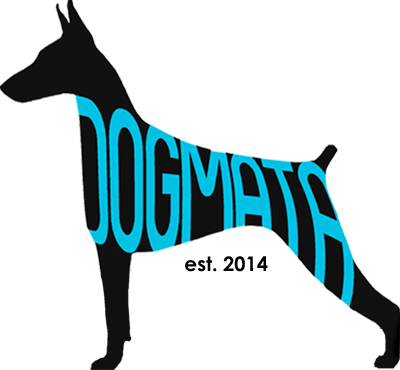You have all heard me say one hundred times:
“Your dog is 100% instincts. Humans use spirituality, emotions, and/or intellect (the jury is still out on the latter) throughout their day to day existence; a dog has none of those.”
Do dogs have primary emotions? Sure they do! But, if we respond to a dog's behaviors as if they are human emotions, it will have the opposite effect of what you are trying to achieve. Do dogs have secondary emotions? No, they do not.
First, I’d like to clarify the difference between primary emotions & secondary emotions:
Primary emotions are those that we immediately feel in response to any given situation. Primary emotions are anger, fear, joy and sadness. Secondary emotions follow after the initial response and are a byproduct of primary emotions. These are emotions such as shame, jealousy, guilt, embarrassment or even envy. I believe the emotion of love falls in to both categories.
With humans, the major problem with primary emotions is that they disappear as fast as they appear and are replaced by our secondary emotions. When we apply these secondary emotions to our dogs it only complicates the situation by making it more difficult to understand what is really happening. The first example would be jealousy: You’re petting another dog and your dog gets in between you and the dog you’re petting. This is dominance, not jealousy.
The second example is explained in more detail in the article below by the American Kennel Club. Although, I did take some minor liberties with editing such as removing sentences that I felt were redundant or changing the term ‘fur babies’ to ‘dogs'. My hopes in sharing this article is to allow for a continuing education of what is going on in the mind of the dog. I hope you enjoy it and welcome any feedback!
Have you ever caught your dog doing something they’re not supposed to and gotten a guilty look in response? All dog owners know this look, and we’ve come to believe that this look is their recognition that they’re guilty of something.
It’s a common misunderstanding by dog owners, to misinterpret our dogs’ body language by attributing human behaviors to our pets. This is called anthropomorphism. Because we love guessing what our dogs are thinking and how they’re feeling.
So that time you caught her chewing your favorite pair of shoes, or stole food off you table or kitchen counter, that look she gave you MUST be a look of guilt right?
What we’ve understood as a look of guilt means something very different. A lot of research by animal behaviorists has examined the area of ‘guilty dog expressions’. A 2009 study by Barnard College Professor and author Alexandra Horowitz discovered that dogs tend to show guilt more often when scolded by their owners.
The reality is that our dogs are very much attuned to how we’re feeling [energy]. When their owner appears angry or upset their response is often to try to reduce the anger or upset. They respond by trying to appear smaller by lowering their heads or looking down. Humans commonly believe this to mean guilt, that their dogs have understood that what they’ve done is wrong and feel guilty about it.
Our dogs may not know when they’ve done something wrong but they do absolutely know when we’re upset or angry with them. So if you encounter your dog after doing something naughty, try not to believe she’s guilty if she reacts to you by cowering or lowering her head.
What does a guilty dog look like? Your dog will show some or all of the below ‘guilty behaviors’:
- Yawning
- Licking
- Ears are flattened against the head
- Adopts a cowering posture
- Tail is tucked
- The whites of the eyes are visible
Your dog isn’t able to rationalize or control herself like a human in a similar situation. Putting a guilty label on her response is putting the blame on her. Research studies have shown that when dogs are given a reason to display those guilty looks they will do so, regardless of whether they’ve done anything wrong.
Our advice is to try to forget the idea that dogs feel guilt and recognize their response as them feeling anxious, stressed or threatened in that moment by your energy.
You should work with your dog and teach them what is acceptable behavior. We do this by establishing rules, boundaries & limitations. Rewarding positive behavior and correcting negative behavior (we are correcting a behavior - NOT punishing the dog). Be consistent and above all:
Be a leader!
